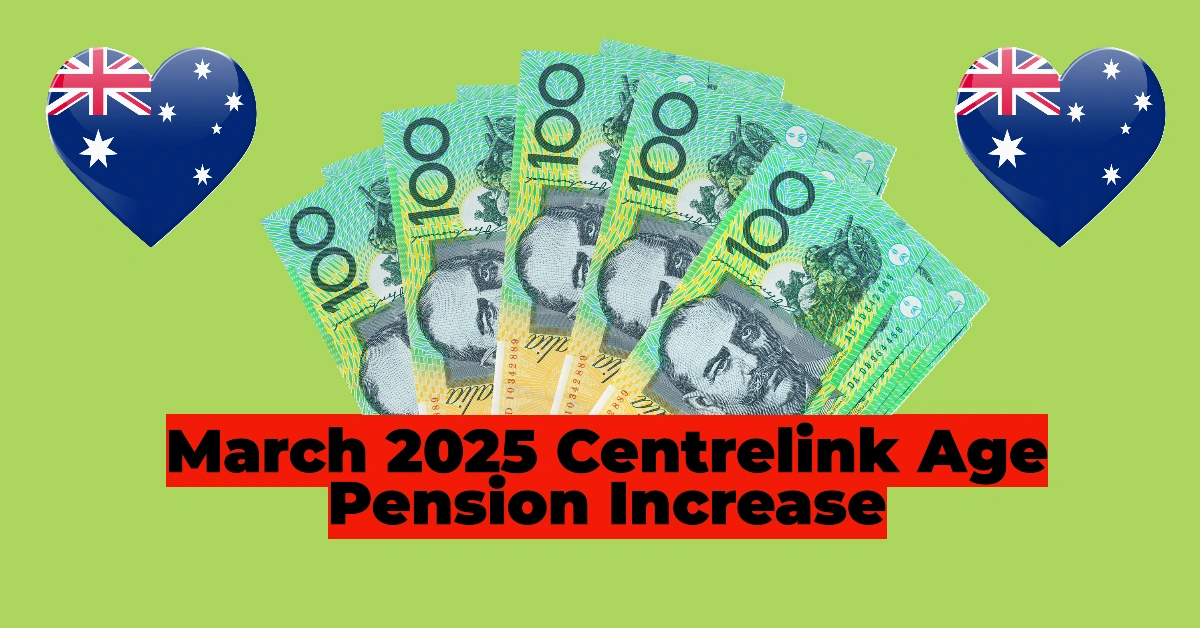The OAS clawback, officially known as the OAS Recovery Tax, reduces OAS payments for seniors with a net income above a specific threshold ($90,997 in 2024). For every dollar earned above this amount, 15 cents is deducted from OAS payments. While the clawback can significantly impact retirement income, several strategies can help minimize or even avoid it.
6 Smart Strategies to Minimize the OAS Clawback
1. Split Income with Your Spouse or Common-Law Partner
If you’re married or in a common-law relationship, income splitting can reduce your taxable income by sharing up to 50% of eligible pension income with your partner.
- Eligible incomes for splitting:
- Registered Retirement Income Fund (RRIF) withdrawals.
- Annuity payments.
- By reducing your taxable income, income splitting lowers the amount subject to the clawback.
Do All Seniors Get the Same Old Age Security (OAS) Payment?
CPP vs OAS & GIS 2024: Which is Better for Canadian Retirees?
2. Maximize Use of a Tax-Free Savings Account (TFSA)
The Tax-Free Savings Account (TFSA) offers a valuable way to generate tax-free investment income. Contributions and earnings in a TFSA do not count as taxable income and thus won’t affect your net income for OAS purposes.
- Tip: Shift your investments into a TFSA before turning 65 to minimize taxable income during retirement.
3. Contribute to a Registered Retirement Savings Plan (RRSP)
Registered Retirement Savings Plan (RRSP) contributions reduce your taxable income during your working years, allowing you to save more and avoid the clawback later.
- Important Deadline: The last day to contribute to an RRSP is December 31 of the year you turn 71.
- Withdrawals from RRSPs are fully taxable, so strategic withdrawals in lower-income years are advisable.
4. Defer OAS and CPP Benefits
Deferring your OAS and Canada Pension Plan (CPP) benefits can both delay clawback exposure and increase your monthly payments.
- OAS Deferral:
- Benefits increase by 0.6% for every month you delay OAS after 65, up to 36% at age 70.
- CPP Deferral:
- Delaying CPP increases payments by 0.7% per month after age 65, up to 42% at age 70.
OAS Clawback 2024: What is & How to Avoid?
Here’s Who Can Receive the Maximum CPP Pension in Canada
5. Manage Capital Gains Strategically
Capital gains from investments like stocks and real estate are taxable and count towards your net income.
- Tip: Sell assets or realize capital gains before turning 65 to avoid triggering clawbacks during OAS eligibility.
- Consider spreading gains over multiple years to reduce the tax burden in any single year.
6. Optimize Investment Strategies
Different types of investment income are taxed differently. To reduce taxable income:
- Prioritize tax-efficient investments:
- Dividends and capital gains are taxed more favorably than interest income.
- Reallocate investments: Consider mutual funds that convert income into capital gains or focus on dividend-yielding stocks instead of term deposits or Guaranteed Investment Certificates (GICs), which are fully taxable.
Example Scenario
Imagine a retiree earning $90,000 annually in taxable income, with $10,000 of that income from RRIF withdrawals. By income splitting with their spouse and transferring $5,000, their individual taxable income decreases to $85,000—just below the OAS clawback threshold, avoiding reductions entirely.
Why It’s Essential to Plan
Understanding and implementing these strategies early can help you maximize retirement income and minimize the impact of OAS clawbacks. Each retiree’s financial situation is unique, so consulting with a financial advisor or tax specialist can tailor these strategies to your needs.
For detailed eligibility and updated thresholds, visit the Canada.ca OAS Recovery Tax page.








